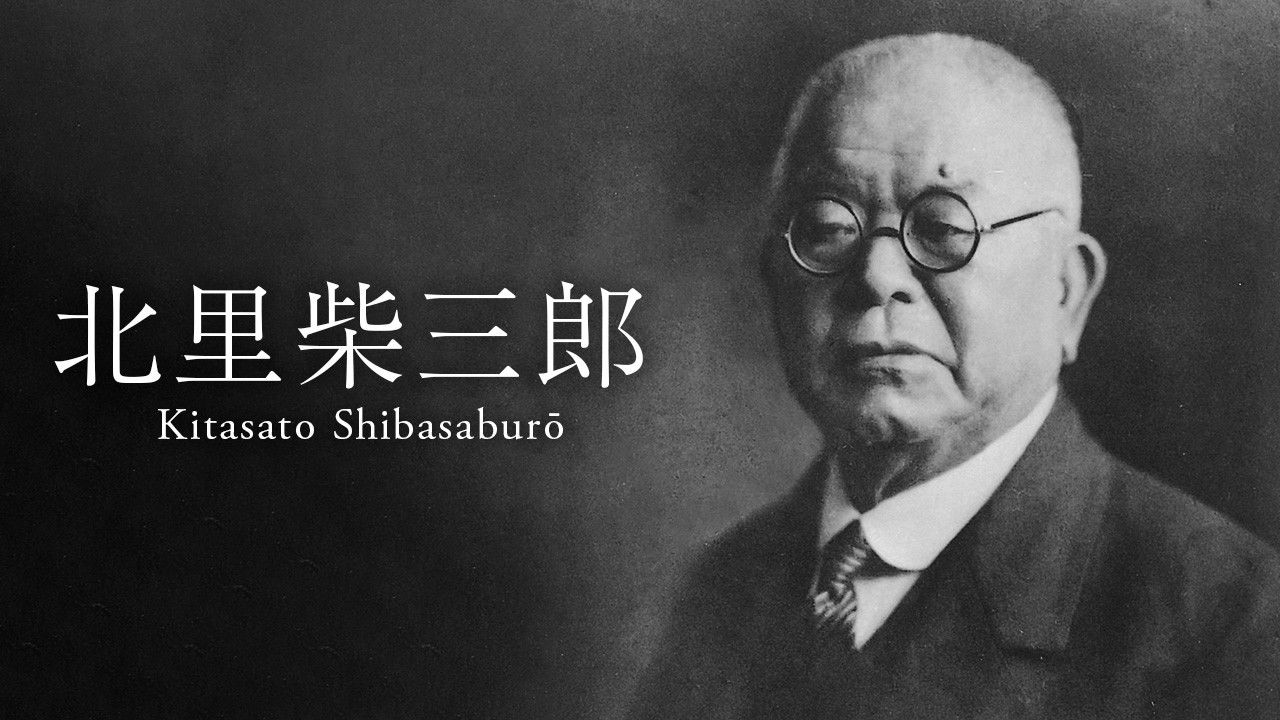For almost 200 years, The Lancet has been bringing peer-reviewed medical news, findings, and facts to the medical and scientific communities. With these journals, the rest of the world would (and still does) find cutting-edge information. While there has never been a shortage of controversy surrounding science, publishing in The Lancet is a mark of superior excellence and a journal where you would expect Nobel Prize winners would want to publish. Science had come of age in the late nineteenth century as men and women made discoveries that would help people live safer urban lives.
The Bubonic Plague had reappeared throughout Asia and Europe for thousands of years before it came to Hong Kong, China, in the spring of 1894. Unlike previous outbreaks, modern science and people like Shibasaburō Kitasato helped identify the plague’s cause. Dr. Kitasoto was a renowned Japanese physician, scientist, and bacteriologist. In 1891 Dr. Kitasoto founded the Institute for Study of Infectious Diseases. When the Japanese government sent him to Hong Kong, he promptly found the cause and published the findings in The Lancet.
The discovery of the cause of the bubonic plague was not without controversy. Another physician, Alexandre Yersin, reported finding the cause independently and almost simultaneously with Dr. Kitasato. This co-discovery isn’t surprising, given both men had studied under Pasteur and Koch and were now both in Hong Kong looking for the cause of the recent plague outbreak. Ironically, Yersin being denied access to a feasible lab led to his discovery. The plague bacillus grows faster at room temperature. Dr. Kitasato used an incubator, so the bacteria growth was slower. Nonetheless, both men have the credit for the discovery, partly because Dr. Kitasato published his findings in the prestigious medical journal The Lancet.

